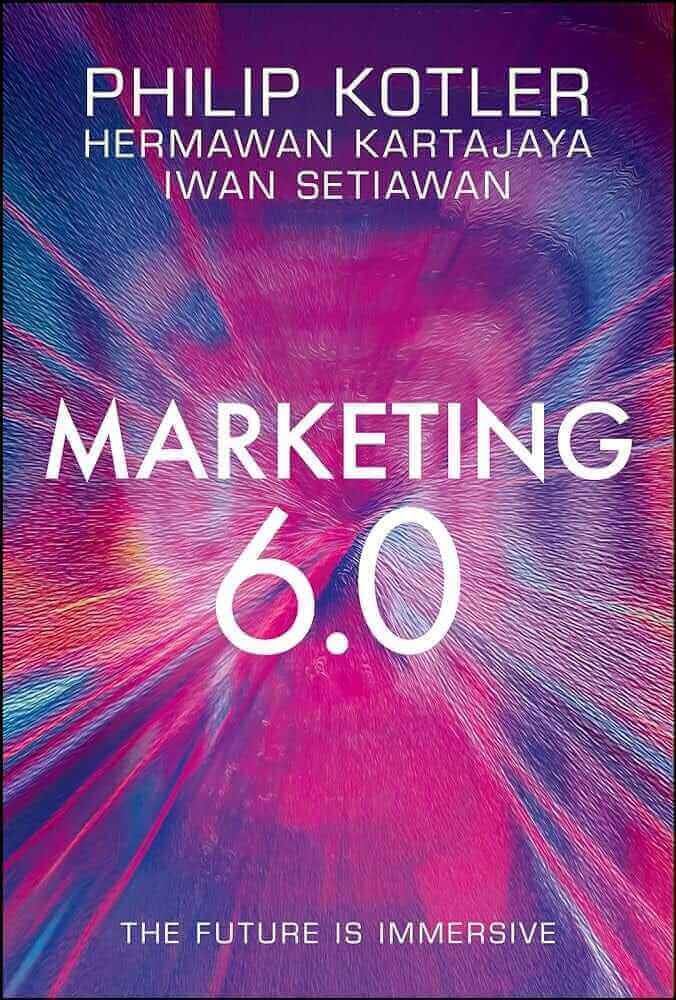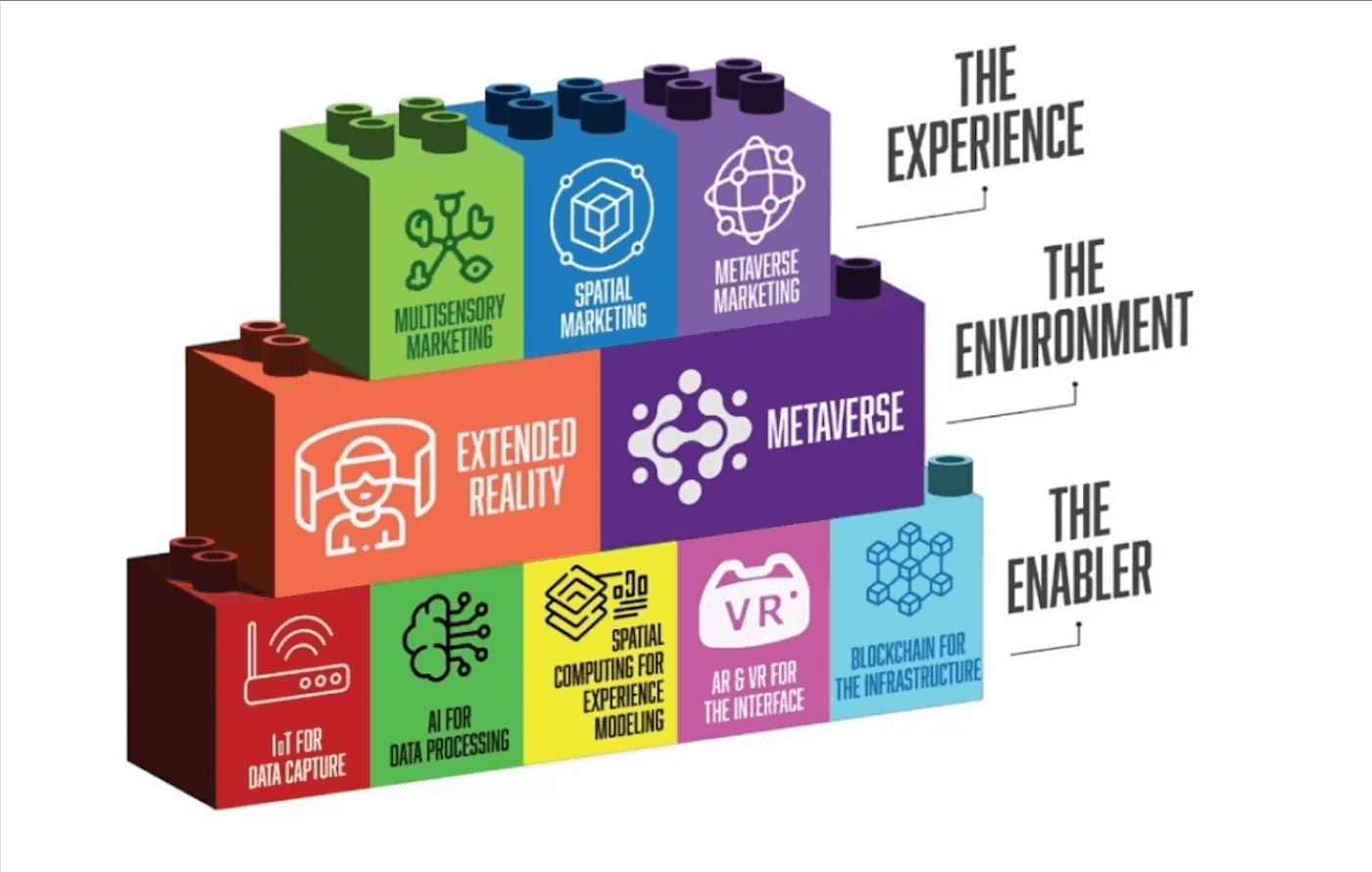Marketing 6.0: A New Paradigm in Consumer Engagement
This article explores the Marketing 6.0 concept with examples that are relevant to the Indian context
Evolution of Marketing: Marketing has undergone several transformations, from product-centric (Marketing 1.0) to customer-centric (Marketing 2.0), human-centric (Marketing 3.0), and beyond. Marketing 6.0 represents the integration of technology, digital platforms, and hyper-personalization to create meaningful and immersive consumer experiences.
Technology-Driven: At its core, Marketing 6.0 leverages cutting-edge technologies such as artificial intelligence (AI), machine learning (ML), big data analytics, and the Internet of Things (IoT). These technologies enable brands to understand consumer behavior in real time, predict trends, and offer personalized solutions that resonate with individual preferences.

Omni-Channel Integration: Marketing 6.0 emphasizes seamless integration across all online, offline, and mobile channels. This omnichannel approach ensures that consumers have a consistent and coherent experience with the brand, regardless of the platform they use.
Hyper-Personalization: One of the hallmarks of Marketing 6.0 is the ability to deliver hyper-personalized content and experiences. By utilizing AI and data analytics, brands can tailor their messages, offers, and products to meet the specific needs and desires of individual consumers.
Sustainability and Ethics: Consumers today are more conscious of environmental and ethical considerations. Marketing 6.0 incorporates sustainability and corporate social responsibility (CSR) into its strategies, ensuring that brands align with the values and expectations of modern consumers
Immersive Experiences: Marketing 6.0 goes beyond traditional advertising by creating immersive experiences that engage consumers on a deeper level. This includes the use of virtual reality (VR), augmented reality (AR), and other interactive technologies to create memorable brand interactions.
Consumer Empowerment: In the era of Marketing 6.0, consumers are not just passive recipients of marketing messages; they are active participants in the brand narrative. This shift empowers consumers to co-create content, share their experiences, and influence brand perception through social media and other platforms.
Explore: Marketing 1.0 – 5.0
The Three Layers of Marketing 6.0: A New Frontier in Consumer Engagement
Marketing 6.0 is a revolutionary approach that integrates advanced technologies and immersive experiences to create a seamless connection between the digital and physical worlds. It is structured into three distinct layers, each playing a crucial role in shaping the future of consumer engagement. Here’s a breakdown of these layers with relevant Indian brand examples.
1. The Enablers: Bridging Digital and Physical Experiences
The first layer of Marketing 6.0 comprises technological enablers that connect and enhance both digital and physical experiences. This layer includes:

IoT for Data Capturing: Internet of Things (IoT) devices are pivotal in gathering real-time data from the physical world. Indian brands like Godrej have implemented IoT in their smart home products, allowing them to capture data on consumer behavior and preferences, which can then be used to tailor personalized experiences.
AI for Data Processing: Artificial Intelligence (AI) is used to process the vast amounts of data collected by IoT devices. Reliance Jio utilizes AI to analyze customer usage patterns and optimize their telecom services, offering personalized plans and recommendations that cater to individual needs.
AR & VR for the Interface: Augmented Reality (AR) and Virtual Reality (VR) provide immersive interfaces that connect consumers with digital content. Lenskart uses AR technology in its virtual try-on feature, allowing customers to visualize how glasses will look on them without visiting a physical store.
Blockchain for the Infrastructure: Blockchain technology provides a secure and transparent infrastructure for transactions and data management. Tech Mahindra has been exploring blockchain solutions to enhance the security and trustworthiness of its digital marketing strategies, ensuring data integrity across its platforms.
2. The Environment: Metaverses and Extended Realities
The second layer of Marketing 6.0 is characterized by the environments where these technologies operate, namely metaverses and extended realities.
Extended Reality: Extended reality (XR) refers to the combination of AR, VR, and mixed reality (MR) to create digitally enhanced physical spaces. Tata Consultancy Services (TCS) has been working on XR solutions to enhance customer experiences in retail and banking, offering more interactive and engaging environments.
Metaverse: The metaverse is a virtual world that mirrors the physical world, providing a platform for immersive consumer experiences. Zomato has begun experimenting with metaverse marketing, where customers can explore virtual restaurants and interact with brand elements in a 3D space, creating a new dimension of brand engagement.
3. The Experience: Multisensory and Spatial Marketing
The top layer of Marketing 6.0 focuses on creating holistic digital experiences through innovative marketing strategies.
Multisensory Marketing: This involves engaging multiple senses to create a more memorable and impactful consumer experience. Coca-Cola India has incorporated multisensory elements into its marketing campaigns, using sound, visual effects, and even scent to enhance the brand experience.
Metaverse Marketing: Marketing within metaverses allows brands to create unique digital experiences. Mahindra & Mahindra has explored metaverse marketing by hosting virtual events and showrooms, offering customers a chance to interact with their vehicles in a virtual environment.
Spatial Marketing: Spatial marketing involves creating 3D experiences that immerse consumers in a brand’s world. Asian Paints has used spatial marketing in their ColorNext initiative, where customers can virtually design and visualize room decor in 3D, enhancing their decision-making process.
Marketing 6.0’s three layers—enablers, environment, and experience—are transforming how brands interact with consumers. By leveraging advanced technologies and creating immersive environments, Indian brands are setting new standards in consumer engagement, driving the future of marketing forward.
See: Evolution of Marketing philosophies
Understanding Marketing 6.0 Concept with Example
Reliance Jio:
AI and Data Analytics: Reliance Jio utilizes AI and big data analytics to optimize customer experiences. By analyzing user data, Jio offers personalized plans and recommendations that cater to individual customer needs. This approach ensures that each customer receives tailored offers, enhancing satisfaction and loyalty. The use of AI also enables Jio to predict customer behavior and trends, allowing for proactive engagement.
Lenskart:
AR for Immersive Shopping: Lenskart has implemented Augmented Reality (AR) to revolutionize the eyewear shopping experience. Their virtual try-on feature allows customers to see how different frames look on their faces in real time, all from the comfort of their homes. This use of AR not only enhances the shopping experience but also bridges the gap between online and offline retail, a key aspect of Marketing 6.0.
Marketing 6.0 concept with example shows how Indian brands are leveraging the principles of Marketing 6.0 to create more personalized, immersive, and technology-driven consumer experiences.
Follow Nitin Kr Saxena
Professor of Marketing & an esteemed alumnus of IIM Ahmedabad, Dr. Saxena holds a Ph.D. in Brand Management, which garnered him the prestigious Best Ph.D. Thesis award. Recognized for his exceptional contributions to academia, Dr. Saxena has been honored with the Young Faculty by CEGR. Additionally, he received the “Best Professor in Marketing Analytics” award.